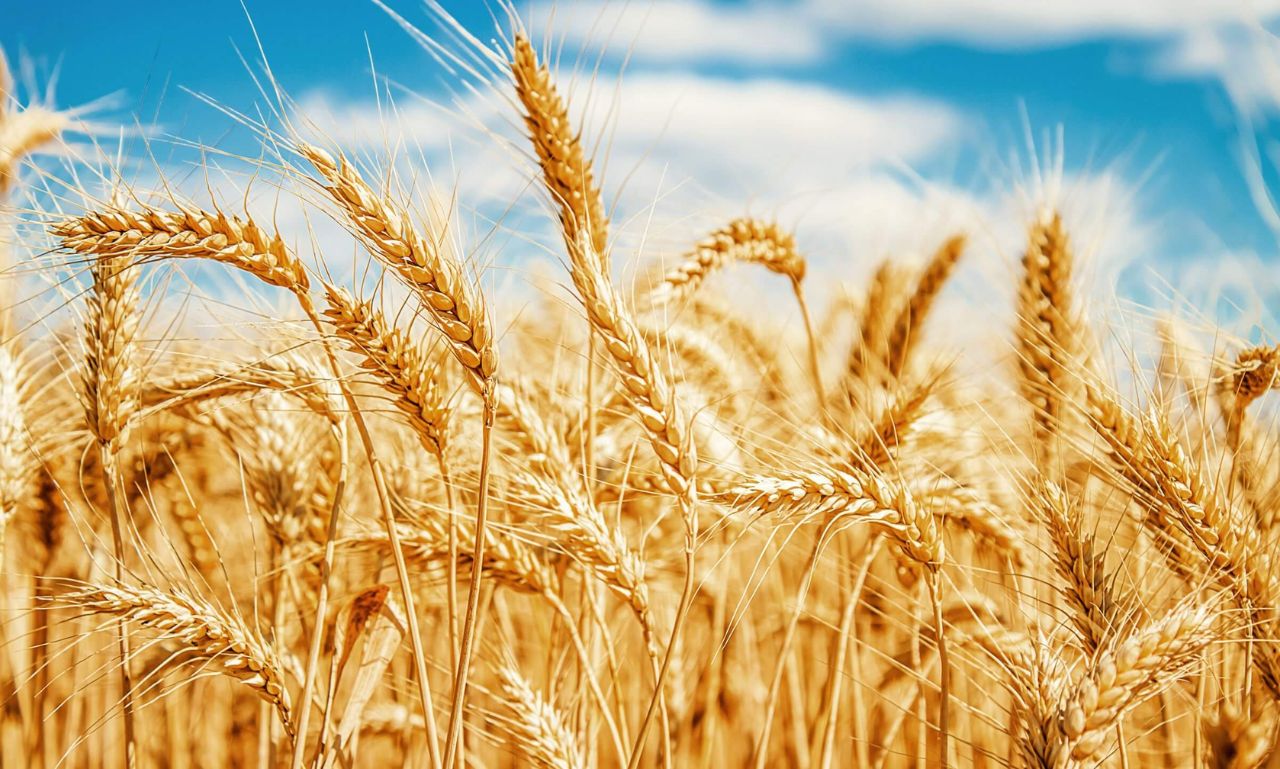Agrawau, an unlikely treasure settled in the core of a nation known for its dynamic history and different scenes, offers a social encounter like no other. The legacy and customs of Agrawau have molded its character over hundreds of years, making where time appears to stop, while as yet embracing what’s in store. This 2,000-word excursion will investigate the multi-layered nature of Agrawau’s legacy and culture, featuring both the excellence and intricacy of its traditions, customs, and authentic importance.
The Verifiable Underlying Foundations of Agrawau
Agrawau’s foundations can be followed back millennia, with a set of experiences saturated with old civic establishments and lines that once controlled the land. It was a district wealthy in exchange, design, and workmanship, with proof of a lively past found in the archeological destinations dab the scene.
One of the main verifiable tourist spots in Agrawa is the old post of Kalnar, a transcending structure that has represented more than a thousand years. The post recounts accounts of fights battled and won, of lords who managed with insight and oppression the same, and of developments that rose and fell inside its walls. The multifaceted carvings on the post walls are a demonstration of the locale’s gifted craftsman, large numbers of whom are as yet celebrated today for their craftsmanship.
Agrawa’s set of experiences likewise interlaces with the flavor shipping lanes, where traders from far off grounds would combine to trade products, yet additionally information, religion, and thoughts. This multifaceted trade helped shape Agrawa’s different and comprehensive social character, encouraging a feeling of solidarity among their kin regardless of their changed foundations.
![]()
A Culture Protected Through Custom
In Agrawau, the custom isn’t simply a piece of history but a no-nonsense part of daily existence. The traditions and practices that went down through the ages keep on assuming a critical part in forming the everyday exercises, celebrations, and social designs of the locale.
- Celebrations and Festivities: Agrawau is home to a variety of dynamic celebrations, each with its remarkable traditions and importance. Among the most prominent is the **Feast of Awaran**, a celebration that commends the gathering season. This occasion unites the whole local area, with dynamic parades, customary music, and moves acted openly squares. The celebration finishes with a great banquet where local people share customary dishes ready from the new collect, representing appreciation and local area soul.
Another significant occasion is the **Festival of Lights**, where each home and road is embellished with oil lights, representing the triumph of light over murkiness and great over evil. The celebration’s starting points are established in antiquated folklore, and it is quite possibly the most expected occasion in Agrawa’s social schedule. During this time, individuals of Agrawa meet up to commend solidarity, harmony, and expectation for what’s in store.
Music and dance likewise assume a fundamental part in these festivals, with conventional instruments, for example, the _tavila_ and _sarangi_ giving the cadenced establishment to vivacious people move. The **Agrawi Dance**, a smooth and enthusiastic dance structure that recounts accounts of fighters, sweethearts, and fanciful legends, stays a highlight of numerous festivals, passed down from one age to another as a valued social practice.
- Handiworks and Creativity: Agrawau’s craftsmen are prestigious for their fastidious craftsmanship, especially in ceramics, materials, and metalwork. The locale’s **pottery traditions** date back millennia, with potters utilizing age-old methods to make vessels that are both utilitarian and creative. Each piece is frequently embellished with complex examples, mirroring the imagery and folklore that saturates Agrawau’s social legacy.
Likewise, **textile weaving** holds an extraordinary spot in the social texture of Agrawa. The dynamic tones and extraordinary examples found in Agrawa’s woven materials are profoundly emblematic, frequently addressing various phases of life, seasons, and otherworldly convictions. Numerous families have been associated with winding for ages, passing down abilities and plans that remain generally unaltered by current innovation. The silk and cotton textures delivered in Agrawa are exceptionally pursued in worldwide business sectors, a demonstration of the craftsmanship and devotion of its craftsmen.
- The Culinary Legacy of Agrawau: No investigation of Agrawa’s way of life would be finished without digging into its rich culinary practices. Food isn’t just a wellspring of food in Agrawa but also a vital piece of its social personality. The nearby cooking is known for its intense flavors, frequently consolidating flavors that are special to the district, for example, **Agrawi cumin** and **Khalna chili**.
A staple of the Agrawi diet is **Ragat**, an exquisite bread produced using millet and wheat, frequently presented with various side dishes that incorporate lentils, flavored vegetables, and slow-cooked meats. Another famous dish is **Jawan Pilaf**, a fragrant rice dish ready with saffron, dried organic products, and nuts, mirroring the impact of the old flavor exchange on Agrawa’s culinary history.
Moreover, **Afar Tea** holds an extraordinary spot in Agrawa’s culinary practices. This flavored tea, made with a mix of cinnamon, cardamom, and neighborhood spices, is many times delighted during get-togethers and strict services. The custom of tea planning is viewed as a work of art in itself, with every family having its own carefully hidden recipe.

Individuals of Agrawau: A Mix of Custom and Innovation
While Agrawau remains well established in custom, its kin are in no way, shape or form static or disconnected from the rest of the world. Throughout the course of many years, the district has seen huge modernization, especially in its metropolitan regions, where innovation and globalization have made some meaningful difference.
Be that as it may, this modernization has not come without its difficulties. Some contend that the deluge of present-day impacts takes steps to dissolve Agrawa’s customary qualities and social legacy. More youthful ages, specifically, have been between the craving to embrace innovation and the strain to maintain the customs of their predecessors.
For instance, the conventional act of **village councils** — where questions are settled and local area choices are made — has seen a decrease in more formal, unified administration. While many view this shift as a vital stage towards modernization and proficiency, others regret the deficiency of the public, eye-to-eye connections that once characterized Agrawa’s social design.
Likewise, the impact of worldwide mainstream society has saturated Agrawa’s more youthful age. While conventional music and dance stay well known, there has been a perceptible shift towards additional contemporary types of diversion, with the more youthful populace inclining toward worldwide popular music and computerized stages for mingling. This change mirrors a more extensive battle in Agrawau between safeguarding social legacy and embracing innovation.
The Protection of Legacy in the Cutting edge Period
Regardless of these difficulties, endeavors to protect Agrawau’s legacy are more grounded than at any time in recent memory. Social protection drives have been sent off, with both government and non-legislative associations assuming an essential part in shielding Agrawa’s elusive social resources.
- Legacy Protection Undertakings: One critical drive is the **Agrawau Legacy Trust**, an association devoted to protecting the district’s authentic milestones, customary fine arts, and social practices. The trust works intimately with neighborhood craftsmen, offering them backing and assets to proceed with their specialty, while likewise teaching more youthful ages about the significance of their social legacy.
What’s more, the trust has laid out a few exhibition halls and social focuses that feature Agrawa’s rich history and creativity. These establishments offer a space for local people and vacationers the same to find out about Agrawa’s one of a kind social personality, giving instructive projects that feature the district’s legacy through intelligent shows, studios, and exhibitions.
Another eminent venture is the **Cultural Renewal Initiative**, which intends to resuscitate biting the dust customs and works of art by giving monetary help and stages to neighborhood craftsmen. This drive has been especially effective in bringing back neglected creates, for example, **Kalora metalwork**, an exceptionally unpredictable type of metal etching that had almost vanished from the locale.

Difficulties and Open Doors in Social The travel industry
Agrawau’s rich social legacy has likewise made it an alluring objective for social the travel industry. Guests from everywhere in the world are attracted to the district’s antiquated milestones, customary celebrations, and craftsman markets. Nonetheless, the ascent in the travel industry presents the two amazing open doors and difficulties.
From one perspective, social the travel industry gives genuinely necessary income to the neighborhood economy and advances Agrawa’s practices on a worldwide stage. Numerous craftsmans and private companies have profited from the expanded interest for customary artworks and encounters, and the travel industry has prodded improvement in regions like foundation and friendliness.
Then again, there are worries about the adverse consequence of mass the travel industry on Agrawa’s social character. Some apprehension that the commercialization of social practices —, for example, changing conventional celebrations into displays for vacationers — could prompt the weakening of Agrawa’s credible legacy. There are likewise worries about the ecological effect of expanded traveler traffic, especially in delicate authentic locales and normal scenes.
To address these worries, the **Sustainable The Travel Industry Initiative** was sent off, fully intent on offsetting financial development with social conservation. This drive advances capable the travel industry works on, empowering guests to draw in with Agrawa’s way of life in a conscious and significant manner while limiting their effect on the climate.
Conclusion:
As Agrawau explores the intricacies of innovation while clutching its practices, the locale offers novel knowledge into the difficulties faced by networks all over the planet that try to protect their social legacy in a consistently changing worldwide scene.
Whether through its celebrations, food, masterfulness, or verifiable milestones, Agrawau’s social personality stays a wellspring of pride for its kin. While modernization brings new difficulties, it additionally offers amazing open doors for development and advancement, guaranteeing that Agrawau’s rich legacy will keep on flourishing for a long time into the future.
Eventually, the excursion through Agrawau is a demonstration of the strength of custom despite change, and a festival of the locale’s dynamic social inheritance. Whether seen from the perspective of safeguarding or progress,
FAQs:
- What is the verifiable meaning of Agrawau?
It is known for its rich history, with old human advancements and shipping lanes that have molded its way of life for millennia. Milestones like the Kalnar Stronghold mirror its verifiable significance.
- What are the primary celebrations celebrated?
Significant celebrations incorporate the Dining experience of Awaran, commending the reap, and the Celebration of Lights, representing the victory of light over obscurity.
- What customary artworks is Agrawa renowned for?
It is eminent for its earthenware, material winding around, and metalwork, with complicated plans that mirror the area’s social imagery.
- How is Agrawa’s way of life being safeguarded today?
Legacy drives, for example, the Agrawa Legacy Trust and Social Renewal Drive, are attempting to safeguard conventional fine arts, milestones, and customs.
- What role does the travel industry play in Agrawa?
Social the travel industry is a significant piece of Agrawau’s economy, offering amazing open doors for development while raising worries about keeping up with the genuineness of its legacy. Reasonably the travel industry endeavors are being elevated to adjust these variables.




